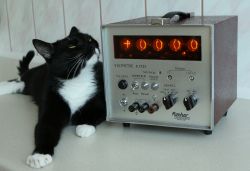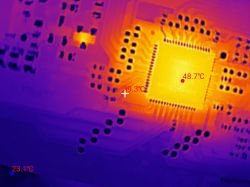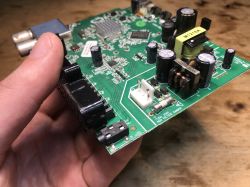It also caught my attention, perhaps apart from the logic of the disk, the energy is consumed by the HDD head positioning coil, which has to perform positioning, regardless of whether there is a read or write occurrence, it may confirm an increase in energy consumption during searching, i.e. an extreme case of intensive operation of the for some disks, eg WD RE4 2TB, the search resulted in a significant increase in current consumption in the 12V branch - positioning coil?, and intensive sequential write / read in the 5V branch - logic?).






